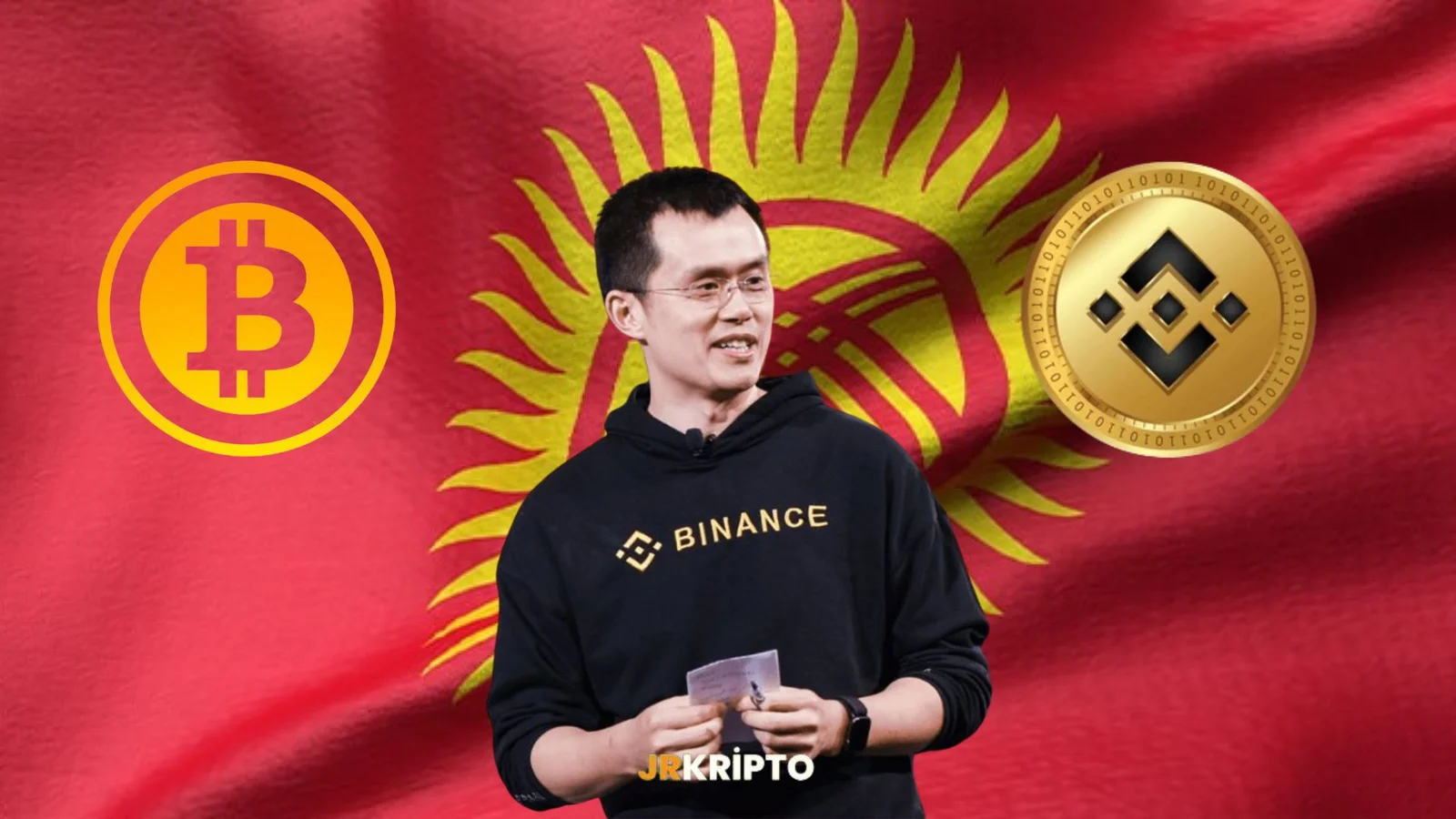News
Blockchain News
Blockchain News
Browse all Blockchain related articles and news. The latest news, analysis, and insights on Blockchain.
DeFi Protocol Hacked Weeks After Launch: $4.5 Million Attack
The DeFi market of 2025 has been shaken by news of another attack amid increasing security vulnerabilities. Just weeks after its launch, Sonic-based decentralized finance (DeFi) protocol CrediX Finance suffered a $4.5 million cyberattack. The project team temporarily took the platform offline to protect users.Account with critical privileges compromisedOn August 4, blockchain security firm PeckShield announced that the CrediX Finance administrator account had been compromised. This account held the platform's most important administrative privileges: Pool Admin, Bridge, Asset Listing Admin, Emergency Admin, and Risk Admin, with a number of high-level permissions granted to it.Specifically, the attacker used the Bridge privilege to transfer funds from the Sonic chain to Ethereum. During this process, funds were stolen or unauthorized borrowing from asset pools. Additionally, a counterfeit token, acUSDC (Credix Market Sonic USDC), was minted, devoid of any underlying assets. The platform reportedly suffered a total loss of approximately $4.5 million.Funds transferred to the Ethereum networkImmediately after the cyberattack, blockchain security firm CertiK confirmed that all stolen funds were bridged from Sonic to the Ethereum network and are currently held in three different wallets. The funds remain under attack; although they have been transferred, they have not yet been transferred to another wallet or exchanged. Following the incident, the CrediX team attempted to reassure investors via X (formerly Twitter), saying, “All user funds will be fully refunded within 24 to 48 hours.” However, this statement was met with mixed reactions among investors, as full recovery of funds is extremely rare in the DeFi sector in such incidents.Multi-sig vulnerabilities on the rise in 2025This attack comes as vulnerabilities targeting multi-sig wallets have become a prominent attack method in the first half of 2025. In the first six months of the year alone, approximately $3.1 billion worth of cryptocurrency was stolen from the DeFi sector through such exploits.The incident with CrediX Finance once again highlighted the sector's immaturity and the fact that security remains a serious threat. Especially for newly launched protocols, their pursuit of rapid growth and user acquisition, often leads to dramatic outcomes when they neglect security testing.While CrediX's promise of a refund has somewhat rekindled investor hopes, the process and whether the funds will actually be recovered remain uncertain. Currently, the only known information is that the funds are still held in the attacker's Ethereum wallets and have not yet been moved.
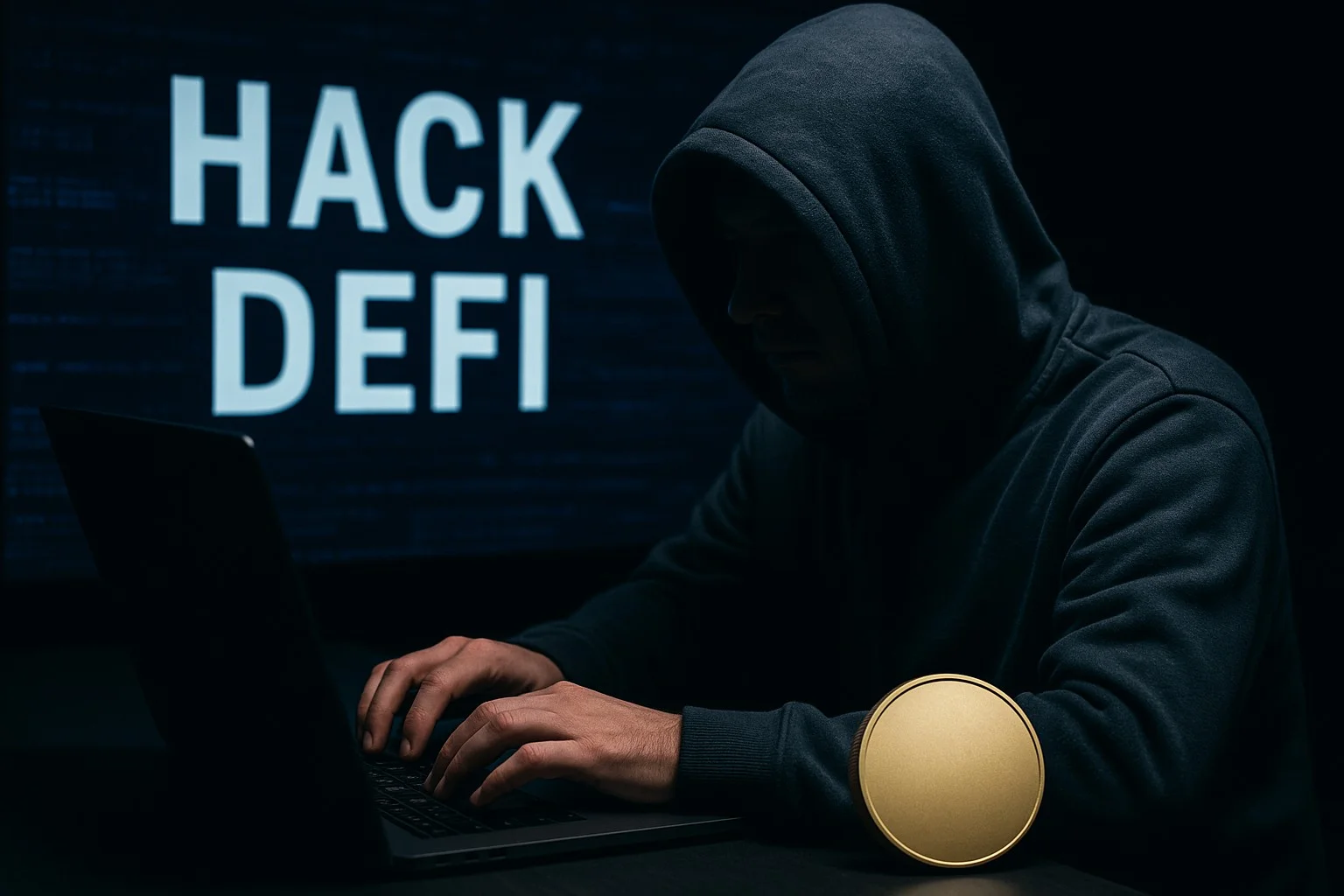
Goldman Sachs and BNY Mellon Launch Tokenized Fund
US financial giants Goldman Sachs and BNY Mellon are launching a new blockchain-based investment platform for institutional investors. According to CNBC, this new platform will allow institutional actors such as hedge funds, pension funds, and corporate treasuries to access tokenized money market funds. The system reportedly has the support of industry heavyweights such as BlackRock, Fidelity, and Federated Hermes.Financial giants meet on tokenizationTokenized money market funds, digital assets registered on the blockchain, offer investors real returns compared to stablecoins. Their low-risk and high-liquidity nature makes them an ideal cash management tool for institutional investors. Laide Majiyagbe, BNY Mellon's global head of liquidity and collateral operations, said, "We've enabled our clients to invest in tokenized money market share classes from many fund companies. Tokenization eliminates the friction inherent in traditional markets by enabling seamless and efficient transactions." She highlighted the advantages of the platform. These funds are typically investment funds that invest in safe assets such as Treasury bonds, repurchase agreements, and short-term commercial paper. This means they possess cash-like liquidity while offering a modest return. Furthermore, tokenized versions eliminate the limitations of traditional money market funds, such as being traded only during market hours.Under the new system, BNY Mellon's institutional clients will have direct access to the digital share classes of the mutual funds. These shares will be recorded and tracked on Goldman Sachs' private blockchain network, enabling faster and more transparent transactions. Tokenizing these types of funds offers significant advantages, including increased efficiency in asset management, reduced transaction costs, and optimized capital allocation.A pilot program began in 2024This initiative is a continuation of a pilot program conducted in March. In March 2024, Goldman Sachs, BNY Mellon, and other financial institutions established a test network on the "Canton Network," developed by Digital Asset, to test the transfer and exchange of tokenized assets. Fifteen asset managers, 13 banks, four custodians, and three exchanges participated in this pilot. The testing process demonstrated how tokenized funds could operate with lower risk and faster transaction capacity.Another advantage offered by tokenized money market funds is that they represent a potential alternative to stablecoins. While stablecoins are generally viewed as stores of value due to their pegged structure of $1, their lack of interest income poses a disadvantage in long-term use. In contrast, tokenized money market funds leverage the technological advantages offered by blockchain and can offer investors a real return.

Alarm Bells Ring for Crypto Users After 16 Billion Passwords Leak!
In today's world where concerns about digital security are at their peak, one of the largest password leaks ever recorded has hit the agenda like a bombshell. According to data revealed by cybersecurity platform Cybernews; 16 billion passwords and login data, including user information related to major platforms such as Apple, Google, Facebook and Telegram, have been leaked onto the internet. This huge leak especially threatens the assets of cryptocurrency users.A frightening development for crypto investors: Passwords leakedThe cybersecurity world has been shaken by one of the largest data leaks ever recorded. According to the report published by the Cybernews platform, more than 16 billion user login information and passwords have been leaked onto the internet. This huge data set, which includes account information related to Apple, Google, Facebook, Telegram, GitHub and some government portals, poses a great danger especially for cryptocurrency users.However, the source of this leak is not directly the servers of technology giants. According to Cybernews researchers, this information was stolen from data kept by users in 3rd party applications, browser add-ons or cloud storage areas that were left unencrypted. In addition, much information was compromised through malware that was infecting user devices.The leaked data does not only consist of current information. Cybernews states that stolen data obtained from different sources in previous years has also been recirculated with this new package. In other words, the cyber debris of the past further increases today's risks.Crypto wallets are targetedCybersecurity experts emphasize that this leak may affect cryptocurrency users the most. The main reason for this is that many users store their wallet passwords, backup keys or recovery phrases in e-mail boxes or cloud-based note applications instead of secure physical areas. This allows hackers to access not only passwords but also wallets directly. Crypto assets are coins that cannot be retrieved or the transaction canceled once they are captured. Therefore, when a wallet's password or keywords fall into the hands of hackers, the risk of permanent theft of assets is much higher.Experts recommend activating two-factor authentication (2FA) systems in particular. It is also very important to store vital data such as crypto wallet information offline, for example in hardware wallets or physical copies.Tether CEO: Escape from the cloud is comingOne of the reactions to the leak came from Paolo Ardoino, CEO of Tether, the world's largest stablecoin issuer. Ardoino said, "The cloud has failed us again," and announced PearPass, a completely local and open-source password manager. According to Tether, this new application will store passwords and encryption keys only on the user device. It will need neither a server nor a cloud service.Ardoino, who introduced PearPass by saying, "No server, no cloud, no leak," argues that offline security systems will become much more critical in the future. In fact, he explained his vision in a podcast interview by saying, "We want to produce technologies that can work even in disaster scenarios like World War."It is unclear for now whether PearPass will integrate with Tether's other projects. However, it is known how much the company attaches importance to security and privacy with P2P solutions such as Pear Credit, which it has previously developed.
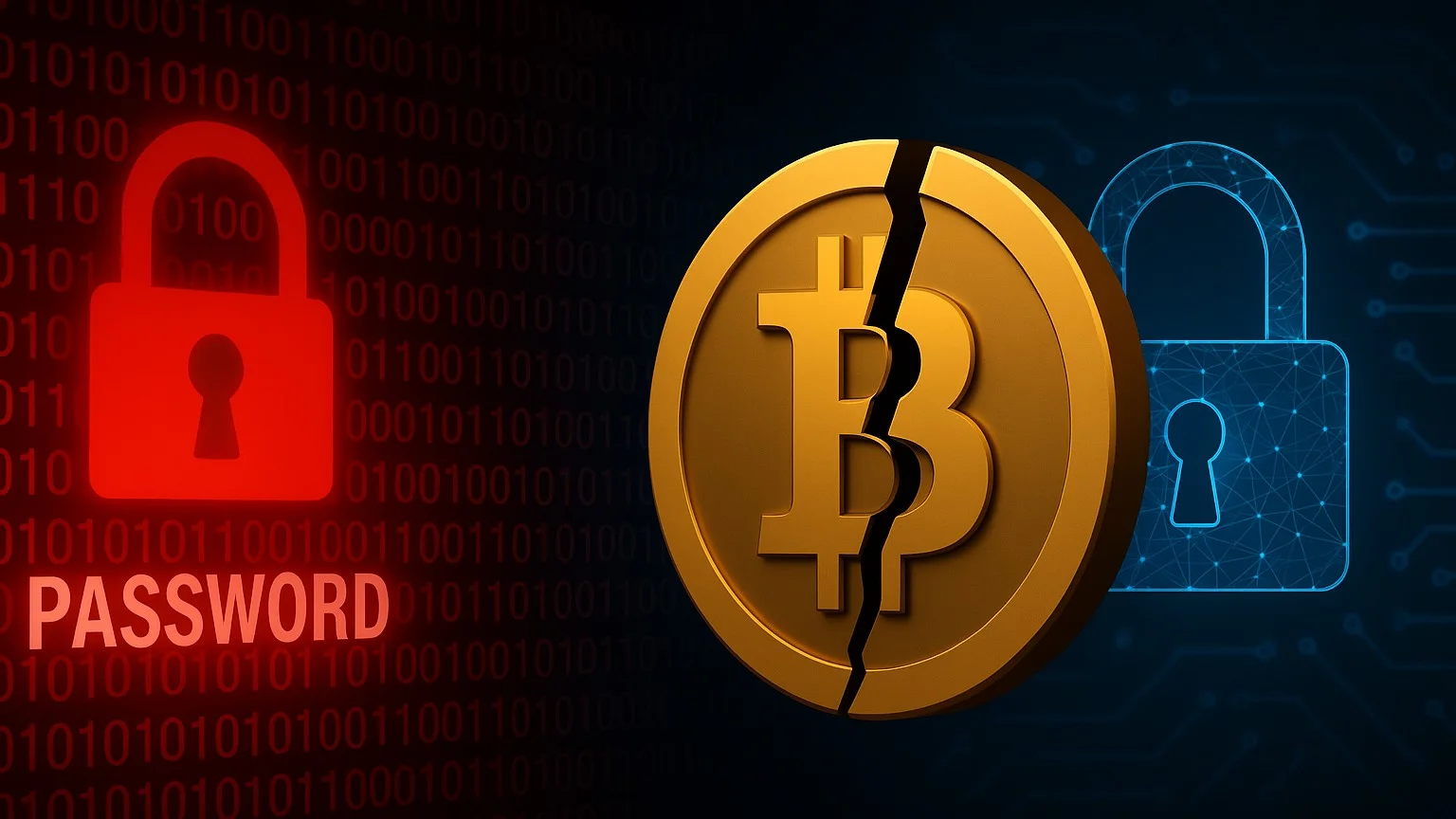
Deutsche Bank Opens the Door to Crypto Finance With its Stablecoin Plan
The $1.5 trillion banking giant Deutsche Bank is preparing to add a new move to its strategic initiatives in the digital asset space. Speaking to Bloomberg, Head of Digital Assets and Currency Transformation Sabih Behzad stated that the bank is considering launching its own stablecoin or participating in an industry-wide project.This development is directly linked to the steps the bank has taken in recent years in blockchain, tokenization, and digital asset custody. The bank’s goal is to become an institutional player in the stablecoin market, leveraging the evolving regulatory environment.Stablecoin PlansAccording to the information provided by Behzad, Deutsche Bank is following a multi-faceted strategy in the stablecoin space. The bank is keeping both options on the table: issuing its own digital currency and joining a stablecoin project developed through collaboration with multiple institutions.“With a supportive regulatory environment in the U.S., we clearly see the momentum of stablecoins,” said Behzad, noting that these assets are rapidly transforming into strategic financial tools. For banks, entering this space includes various paths such as becoming a reserve manager, issuing their own currency, or participating in sector collaborations.Deutsche Bank’s interest in this area is not new. The bank previously invested in Partior, a blockchain-based cross-border payments company, and joined the BIS (Bank for International Settlements) Agorá Project, participating in tokenization tests for wholesale payment systems.Existing Infrastructure Is Ready: Taurus Partnership and Custody ServicesDeutsche Bank’s push into digital assets is not limited to stablecoins. In September 2023, the bank partnered with Switzerland-based blockchain technology firm Taurus. Through this partnership, Taurus’s digital asset custody and tokenization services were integrated into Deutsche Bank’s infrastructure.At the time, Deutsche Bank’s Global Head of Securities Services Paul Maley emphasized that digital assets are “expected to reach a scale of trillions of dollars,” and thus banks need to be prepared for this transformation.Stablecoins Are Becoming MainstreamIn a report published in May 2025, Deutsche Bank analysts stated that stablecoins have now become a part of mainstream finance. The report noted that while the market size of stablecoins was $20 billion in 2020, it has now reached $246 billion.The same report mentioned that upcoming U.S. stablecoin regulations will solidify the legitimacy of these assets in 2025. This makes the timing ideal for large institutions like Deutsche Bank to step into the field.Deutsche Bank’s strategic move is not only institutional but also part of building a structure that offers globally scaled, regulation-compliant digital solutions. The fact that Banco Santander has also submitted an application for a stablecoin project during the same period shows that this trend is not unique to Deutsche Bank.
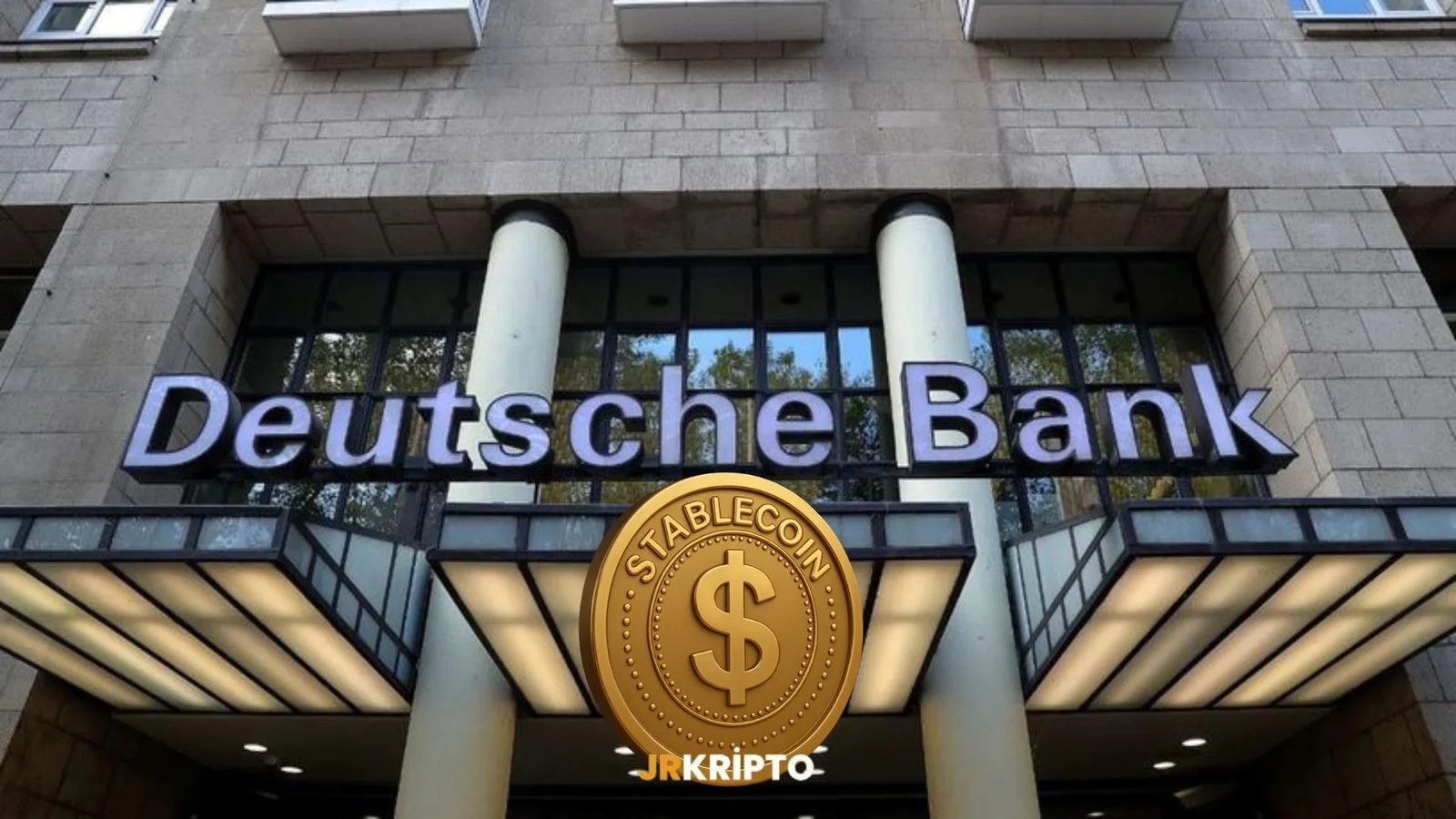
Telegram and the TON Ecosystem Are Growing: AI Integration and Giant Financial Enterprise
A New Era Powered by Artificial Intelligence on TelegramTelegram has recently drawn the attention of the tech world with two major moves in artificial intelligence and financial restructuring. Thanks to its collaboration with Elon Musk’s initiative xAI, the advanced chatbot Grok has been directly integrated into the Telegram application. With this integration, users can now access Grok’s features within the app without needing to install any additional software. Grok transforms the communication experience with AI-powered capabilities such as document summarization, real-time responses, smart search, and content generation in chats.Impact of Grok AI on TelegramSome of Grok bot’s most impressive features include its ability to provide smart responses even in group chats, save users time by summarizing documents, and guide conversations based on user interests. These features are more broadly available to Telegram Premium users, while free users will have limited access after a certain period. Telegram ensures data security by maintaining its existing privacy infrastructure throughout all these operations.Financial Empowerment Through Bond IssuanceFollowing the AI step, Telegram made another major announcement: a plan to raise $1.5 billion through the issuance of five-year bonds with a 9% interest rate. The funds raised will be used to buy back debt from a previous bond offering in 2021. Telegram’s new bonds can be converted into discounted equity shares in the event of a future IPO. This structure offers investors a potentially significant return opportunity.Investor Interest and Reflections on the Crypto MarketThe bond offering has attracted notable attention. Institutional giants like BlackRock, Mubadala, and Citadel have participated in the initiative, reinforcing their trust in Telegram and its future vision. The structure of the bond not only aims to repay debt but also creates a robust resource for future investments.These developments have also impacted the cryptocurrency market. Following the announcement of Grok AI’s integration, Toncoin (TON) — the digital asset associated with Telegram — gained 23% in value in a short period. With a market cap reaching $7.5 billion, Toncoin once again captured investor attention. Additionally, tokenization initiative Libre plans to digitize $500 million worth of Telegram debt via TON, marking a significant step at the intersection of blockchain and traditional finance.Durov’s Legal Process and Company Expansion GoalsMeanwhile, a legal process involving Telegram CEO Pavel Durov has not overshadowed the company’s expansion plans. An investigation launched in France claims that Telegram has not adequately cooperated in the fight against illegal content. Durov, however, denied the allegations, stating that all official requests have been addressed within legal frameworks. The case has also prevented Durov from traveling to the United States.These strategic moves appear poised to shape Telegram’s future positioning. The AI integration is significantly improving user experience, while the bond issuance strengthens debt management and creates capital for new investments. The rise of Toncoin and strong interest from institutional investors demonstrate that these strategies are already having an impact in the short term.Key highlights from Telegram’s recent developments:Grok AI is integrated directly into Telegram, offering in-app AI-powered features.$1.5 billion will be raised through bond issuance; the funds will be used to repurchase existing debt.BlackRock, Mubadala, and Citadel have shown interest in the bond offering.Toncoin gained 23% in value after the Grok AI integration announcement.Telegram CEO Pavel Durov denies allegations in an ongoing investigation in France.

Cetus Protocol Will Fully Compensate the Losses with the Loan It Received from the Sui Foundation
Cetus Protocol has announced that it will cover user losses by 100% after the $223 million exploit it experienced last week. This compensation process was made possible by a strategic loan from the Sui Foundation.The Process of the Attack and the First ReactionsIn the incident last week, an attacker exploited Cetus' price curves and reserve logic by using fake tokens (BULLA, for example). With this method, he managed to withdraw crypto assets such as SUI, USDC from liquidity pools without investing real valuable assets in the system.In total, there was a loss of $ 223 million. $162 million of these assets were frozen on the chain. The rest of it was taken out of the network by different means. It was found that there are still 12.9 million pieces of SUI in the attacker's wallet. Other tokens are believed to have been transferred to other networks or converted.After the incident, Cetus paused its smart contracts and launched a technical investigation. The exchange's local token, CETUS, lost close to 40% in value during this process. During the same period, there was a serious slowdown in DeFi activities on Sui; liquidity decreased, protocol security began to be questioned.Sui Foundation Loan, Compensation Plan and Community VoteCetus has prepared an emergency financial plan to compensate for the damage suffered. In line with this plan, a strategic loan was received from the Sui Foundation. According to the explanation of the protocol, off-chain losses can be fully covered thanks to this loan along with its own cash and token treasury.But there is another critical step for the payback to be completed: an in-chain vote, which is expected to be approved by the Community. As a result of this governance vote, assets frozen on the chain will also be able to be used for repayments. Thus, a complete compensation process will be initiated.In a statement on the issue, the Sui Foundation stated that this process is an extraordinary step taken to protect the Sui community. It was emphasized that a full recovery is possible with the support of the community. Cetus, on the other hand, reported that it will start user compensation without wasting time, and the full applicability of the plan will become clear according to the result of the voting process.This incident experienced by Cetus shows that DeFi protocols are still open to serious security risks. However, the support of the Sui Foundation has been a successful example of community-oriented crisis management in decentralized projects. This process is an important stress test not only for Cetus, but for the entire Sui ecosystem and similar platforms.
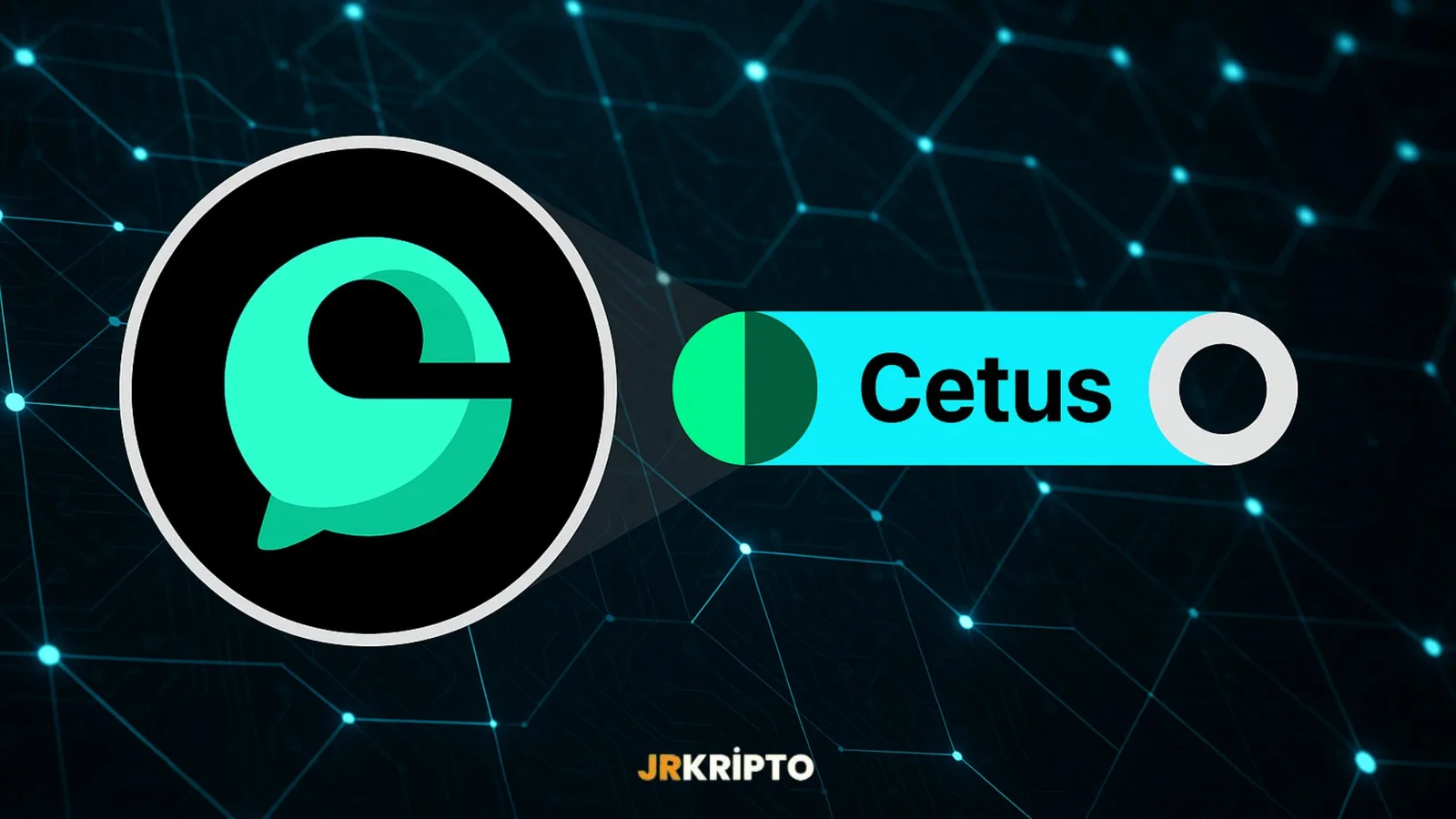
FIFA Is Building Its Own Blockchain Network: The Digital Future of Football Is on Avalanche
FIFA has taken a significant step to expand its presence in the digital world. The organization announced that it will establish its own dedicated blockchain network built on the Avalanche infrastructure. This network will be called “FIFA Blockchain” and is specifically designed to bring fan engagement into the digital space.Why Avalanche?Behind FIFA’s choice lies Avalanche’s technical advantages—its speed, scalability, and low transaction costs. Moreover, the technology allows the creation of custom subnets, enabling institutions like FIFA to operate on a blockchain where they can set their own rules.Thanks to this new network, fans will be able to access digital collectibles, interact through NFTs, and perhaps even participate in gamified systems in the future. This isn’t just a technological update—it’s a transformation that could completely change how football fans experience the game digitally.The Algorand Era Is Over, A New Phase BeginsFIFA is no stranger to the Web3 world. In 2022, it introduced its first NFT collections through a partnership with Algorand. However, this collaboration ended in 2024. Since then, FIFA has decided to move forward with Avalanche. The former NFT platform, “FIFA Collect,” will now be restructured on the Avalanche network.This transition shows that FIFA is moving beyond NFTs, aiming to build a broader digital strategy.Who’s Behind the Project?The technical infrastructure is being developed by Modex, a team experienced in Web3 projects. The project is coordinated with support from Ava Labs, the developer of Avalanche. According to the announcement, the network will not just serve as an NFT platform. The goal is to offer fans a faster, more secure, and highly interactive digital environment.From Spectators to ParticipantsWith this move, FIFA aims to transform fans from mere spectators into active participants who own and interact with digital content. NFT-based memorabilia, digital product trading, interactive games—these are all now on FIFA’s agenda.Not all the projects have been revealed yet, but the infrastructure is ready to build upon this ambitious vision.Final WordFIFA’s collaboration with Avalanche marks a new chapter in the use of blockchain technology in the sports world. This is not just a tech choice—it’s a powerful step toward the digital future of football.If a global giant like football is moving in this direction, it’s inevitable that other sports organizations will follow. In the near future, the “digital playing field” may become much more crowded.
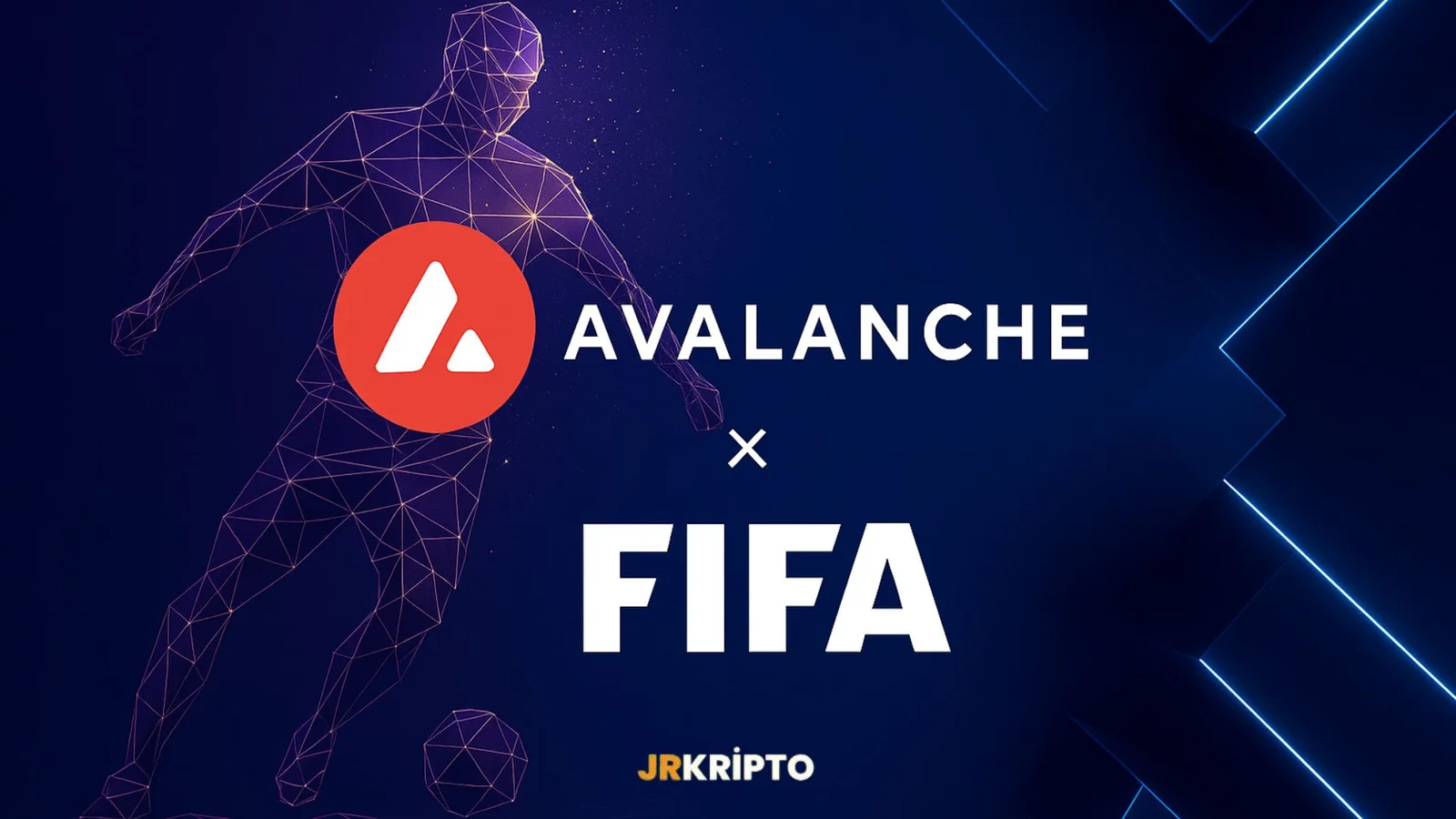
Cetus Hacked: A $260 Million Security Crisis in the Sui Ecosystem
Cetus Protocol, a decentralized exchange operating on the Sui blockchain, has experienced one of the largest attacks in its history. According to official statements, attackers exploited the system using fake tokens and manipulated price curves, extracting approximately $260 million worth of digital assets. The incident has shaken not only Cetus but the entire Sui DeFi ecosystem.Structure of the Attack: Manipulation with Fake TokensInitial analysis shows that the attacker used fake tokens like BULLA to manipulate Cetus’s price curve calculations and reserve system. A low-value trade was conducted using the fake token, followed by a small liquidity addition that disrupted the protocol’s internal balance. As a result, real assets from the pools were drained and moved off the system.During the attack, the following assets were transferred to the attacker’s wallet:$52 million worth of SUI$4.9 million in Haedal Staked SUI (HASUI)$19.5 million in Toilet (TOILET)$19.5 million in wrapped USDT (wUSDT)Additionally, according to Extractor data developed by Hacken, the attacker bridged $63 million to Ethereum and transferred 20,000 ETH to a new wallet.First Response from the Cetus Team: Smart Contracts SuspendedImmediately after the attack, the Cetus team announced that they had suspended smart contracts and paused the system for security reasons. Although the team described the incident as a “simple mistake,” this statement was met with backlash from the crypto community. A more detailed explanation is expected in the coming days.Cetus’s native token CETUS dropped 40% within hours, and other ecosystem tokens also saw significant declines. Particularly, Sui-based memecoins like BULLA and MOJO suffered losses of over 90%.Chain Reactions Across the EcosystemThis attack has affected not only Cetus users but the broader Sui ecosystem. For example, Scallop, a Sui-based lending protocol, suspended all borrowing operations. Meanwhile, DEX trading volume surged from $320 million to $2.9 billion in 24 hours—indicating massive fund movement.Several tokens collapsed completely following the attack:AXOLcoin lost 99.5% of its valueLBTC dropped by more than 75%Security Test for Sui and DeFi ProtocolsThis incident once again highlighted how serious the consequences of security vulnerabilities in DeFi ecosystems can be. The fact that Cetus was the largest DEX and liquidity provider on Sui has amplified the impact of the event.On the other hand, the community and developer teams responded quickly. Binance founder CZ announced that they had offered assistance to Sui developers. Many projects have also decided to restart their security audits.A detailed explanation from the Cetus team is expected to clarify the scope of the attack and how the damage will be addressed. However, the current situation reveals that users have suffered significant losses, and there are structural vulnerabilities in the system. Rebuilding trust will not be easy. In the coming period, not only Cetus’s but the entire Sui ecosystem’s response will be decisive.This development stands as a critical case study for the decentralized finance world and should be monitored closely.
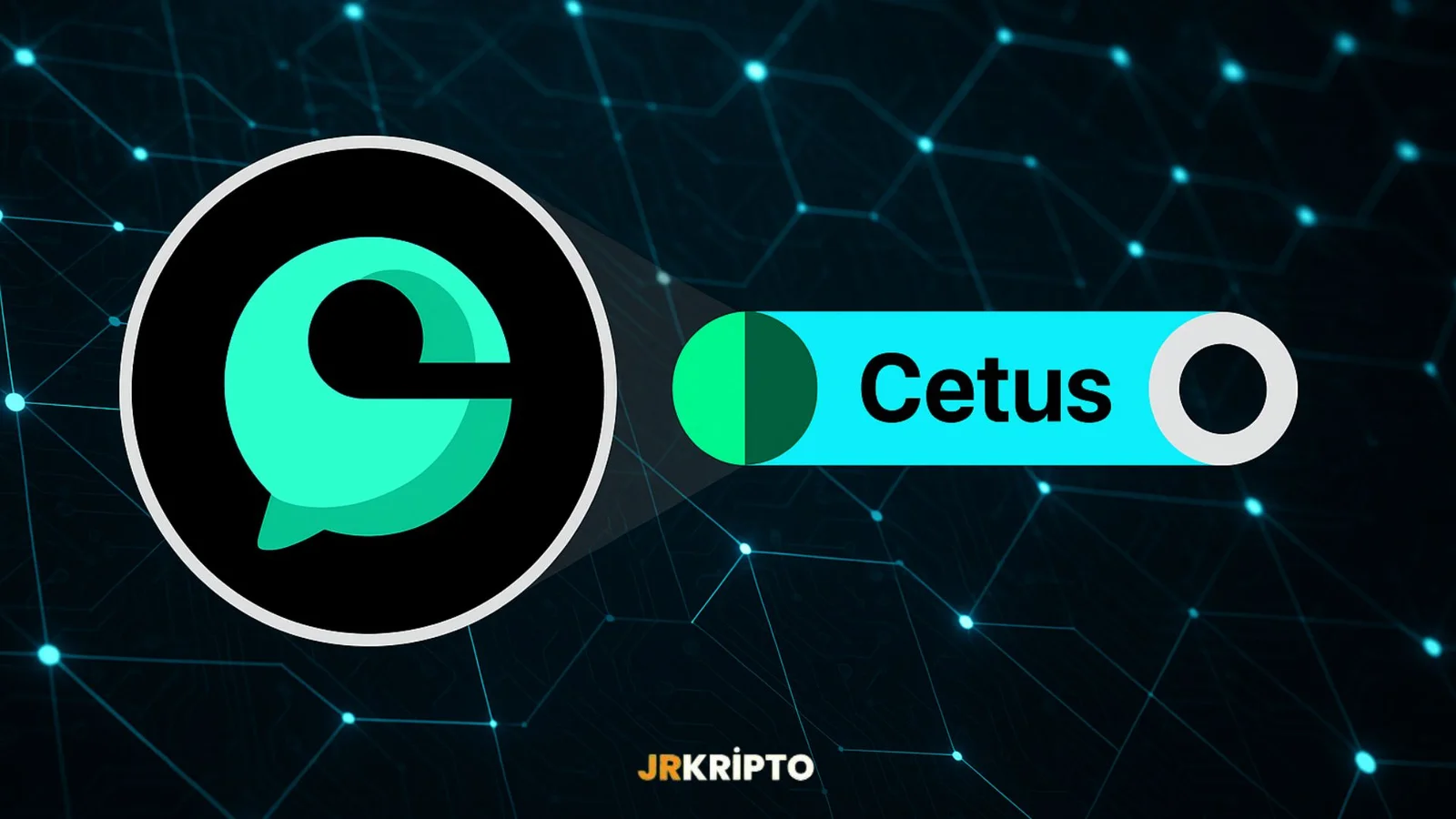
World Network Accelerates Identity Revolution with New $135 Million Investment
In the age of artificial intelligence, the verifiability of digital identity is becoming an increasingly critical issue. At this point, World Network completed a significant funding round on May 21, 2025, aiming to expand its digital identity infrastructure on a global scale. Through a private sale led by Andreessen Horowitz (a16z) and Bain Capital Crypto, the company raised $135 million.This investment will be used to further globalize the World ID system, which forms the backbone of the Worldcoin project led by Sam Altman.Eye-Scanning Technology Has Reached 26 Million PeopleOne of World Network’s most notable technologies is the Orb device, which performs iris scans to confirm that users are unique and verified individuals. As a result of this process, users are issued a World ID. So far, over 26 million people in more than 160 countries have engaged with the system, resulting in the generation of 12.5 million World IDs.With the new investment, World Network plans to accelerate the deployment of Orb devices, particularly in major U.S. cities such as Atlanta, Austin, Los Angeles, Miami, Nashville, and San Francisco.This identity system not only provides digital verification but also rewards users with WLD tokens, creating a reward-driven, blockchain-supported structure that incentivizes participation.WLD Token Rises Following Investment NewsFollowing the investment announcement, the market reacted strongly to the WLD project. The WLD token surged 14%in value the same day, reaching $1.26. This increase reflects investors’ confidence in the vision of Worldcoin and the World ID system.The raised funds will be used not only for the distribution of physical devices but also to support software development, scalability efforts, and the institutional integration of decentralized digital identity infrastructure.Why Is This Step by World Network Important?As issues like identity fraud, bot attacks, and data security continue to escalate in the digital world, the ability to distinguish between humans and machines has become a top priority for tech giants. World Network directly addresses this challenge with its iris-based identity verification solution.This investment carries strategic importance in several key areas:Digital Identity Security: A secure digital identity system that can distinguish humans from machines is being established.Global Scalability: The platform, already present in 160 countries, is strengthening its physical footprint in the U.S.Investor Confidence: The WLD token’s price increase indicates that the market supports the project’s long-term potential.Web3 and AI Integration: World ID offers an infrastructure that can serve as “proof of humanity” in AI-powered systems.The $135 million investment received by World Network is not just growth capital—it marks a strategic turning point for the future of digital identity verification. The project is preparing to redefine identity security within the Web3 and artificial intelligence ecosystems.This development signals that WLD token use cases are likely to expand in the near future and that digital identity will evolve toward new standards. Especially as regulations continue to rapidly take shape, the importance of such technologies is expected to grow even further.

Giant Step from Microsoft: Real-Time Blockchain Data Coming to Fabric
Microsoft has decided to integrate blockchain data into its data analytics platform, Microsoft Fabric. This development has been made possible through a strategic partnership with Space and Time (SXT). Real-time and verifiable data from major blockchain networks such as Bitcoin, Ethereum, and Sui is now being transferred directly into Microsoft’s infrastructure.Blockchain Data Now Accessible via FabricThanks to this integration, developers and enterprise users can now instantly access blockchain data via Microsoft’s Azure OneLake platform. These data sets won’t just be viewable—they can be actively used in Web3 projects, artificial intelligence applications, and financial analytics.The most striking detail is the guarantee of data integrity. Space and Time ensures the security and immutability of this data through its proprietary zero-knowledge proof (ZKP) technology called "Proof of SQL". This maximizes both data quality and transparency.Microsoft and Space and Time Partnership DeepensThe relationship between Microsoft and Space and Time is not new. Last year, Microsoft’s venture arm M12participated in Space and Time’s $20 million funding round, supporting the collaboration. Now, this strategic partnership is expanding to the entire developer ecosystem via Microsoft Fabric.Sruly Taber, Product Manager at Microsoft Fabric, emphasized that this move is not only important for developers but also for enterprises running Web3 projects.What Will This Integration Provide?With this new integration, Fabric users will be able to:Work with real-time blockchain data,Build a reliable data infrastructure for AI, Web3, and financial applications,Integrate both on-chain and off-chain systems into their applications.In other words, for developers, Fabric is no longer just a platform for traditional data—it is now a gateway into the world of crypto and blockchain.Nate Holiday, CEO of Space and Time, stated that this step would pave the way for new solutions across many industries, including finance, AI, gaming, and identity management.
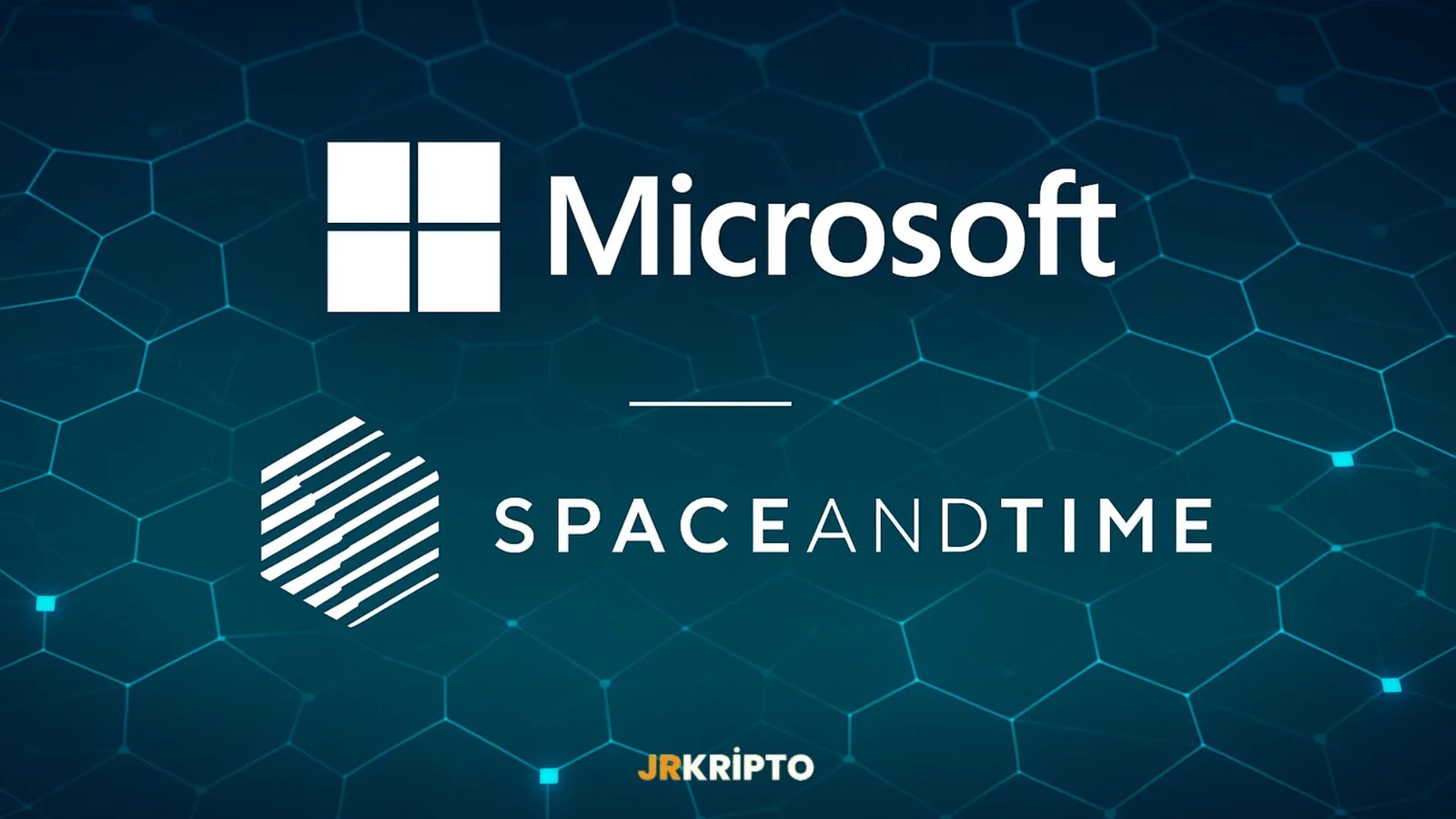
Artificial Intelligence Move from Nvidia and Saudi Arabia: HUMAIN Partnership
Nvidia has established an important strategic partnership with HUMAIN, an artificial intelligence company affiliated with Saudi Arabia's Public Investment Fund (PIF). As part of this cooperation, Nvidia will supply HUMAIN with 18,000 GB300 Grace Blackwell series artificial intelligence chips. The aim is to rapidly develop the artificial intelligence infrastructure in Saudi Arabia.Partnership Details and Digital Transformation VisionWith this hardware support, HUMAIN plans to establish artificial intelligence factories with a capacity of 500 megawatts in the country within the next five years. These facilities will work with Nvidia's most advanced GPUs and will be integrated with digital twin solutions in sectors such as manufacturing, logistics, energy. In this context, Nvidia's Omniverse platform will be used. Omniverse provides simulation and operation of physical artificial intelligence systems, while providing an infrastructure that will increase industrial efficiency in digital transformation.Global Impact and Vision 2030This development once again shows that Saudi Arabia prioritizes digital transformation in its Vision 2030 strategy and wants to diversify its economy. It is also being considered as part of the $600 billion investment package announced during US President Donald Trump's Middle East tour. Nvidia shares jumped 5.6% after the news. This partnership is not only a technology investment, but also shows that Saudi Arabia is playing to the global artificial intelligence leadership.
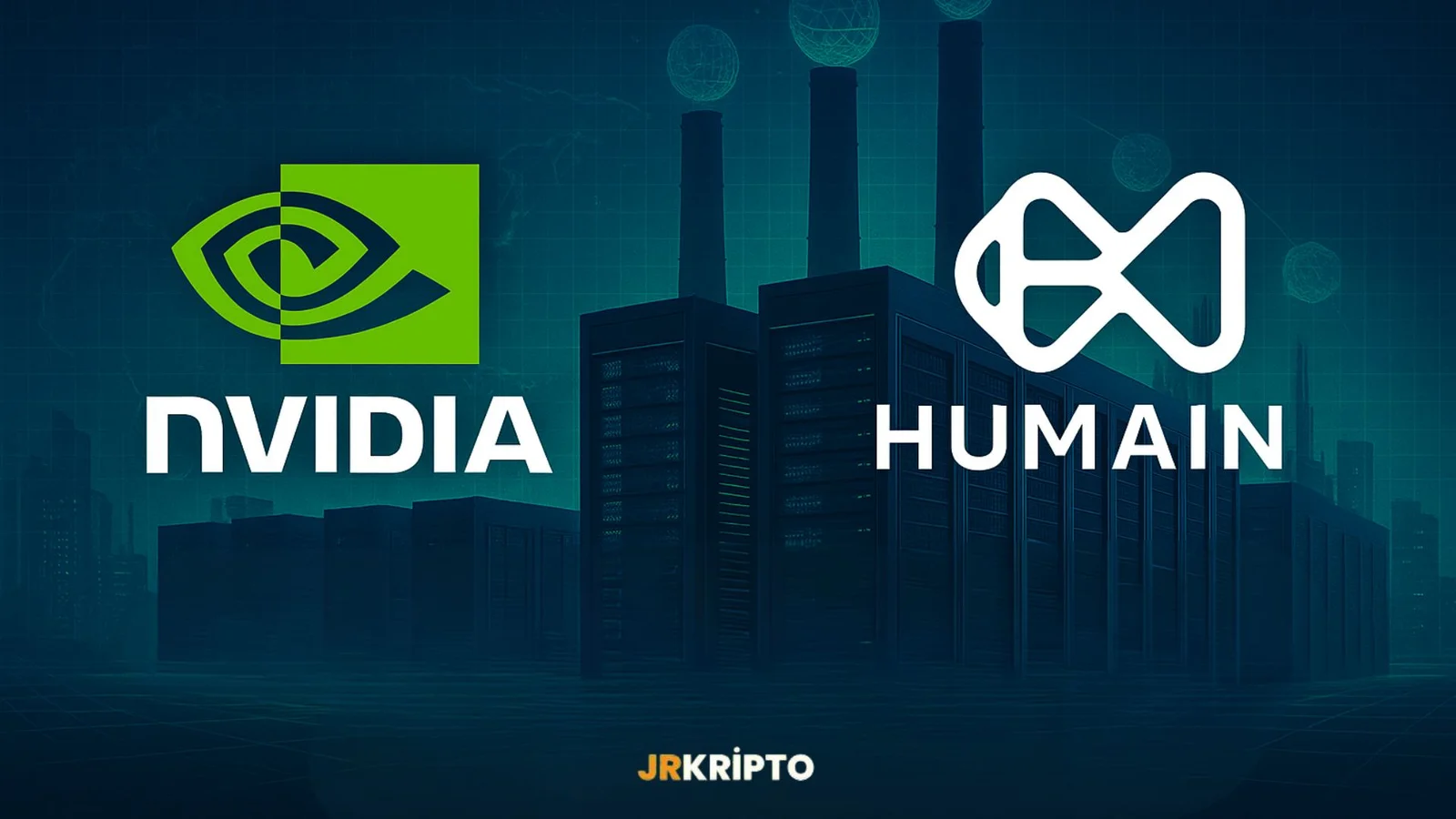
Meta's New Crypto Plan: Tether and USDC Can Be Integrated into Payments
Meta is preparing to return to the crypto world after a three-year break. It is now reported that the company is in talks with various crypto infrastructure firms to launch stablecoin-supported payments on its platforms. This development is a significant signal for both the crypto market and global payment systems.Meta’s Strategic ComebackAccording to a report by Fortune, Meta is working on a model where popular stablecoins like Tether’s USDT and Circle’s USDC can be integrated as multiple tokens. This step specifically aims to make micro-payments to content creators through platforms like Instagram and WhatsApp faster, cheaper, and more efficient.The new payment initiative is being led by Ginger Baker, who has experience in the fintech and blockchain world. Meta currently describes the process as being in “learning mode,” but the scale of the steps being taken shows that this transformation is not superficial but rather a long-term strategic move.Stablecoin Race: Tech Giants on the FieldMeta is not alone in this field. Recently, many major finance and tech companies have entered the stablecoin space:On May 7, Visa invested in the stablecoin venture BVNK.Stripe launched stablecoin-based accounts in over 100 countries.World Liberty Financial (WLFI) launched the USD1 stablecoin pegged to the U.S. dollar in March. In just two months, it became the seventh-largest stablecoin by market value.U.S. Treasury Secretary Scott Bessent summarizes this trend clearly:“Stablecoins are a great opportunity to increase the dollar’s dominance in the digital world.”However, this growth is being affected by a lack of regulation. On May 8, Democratic senators blocked the Genius Stablecoin Act, delaying the regulation process.Why Is This So Important?The fact that a tech giant like Meta is working on stablecoin integration significantly strengthens the potential for daily use of cryptocurrencies. This is not just a change in payment methods; it also provides four critical contributions that could increase the use of stablecoins in everyday life:Low transaction costs: Bank fees are eliminated.Instant and cross-border transfers: Global content creators can receive payments instantly.Growth of in-platform economy: Revenue models in apps like Instagram and WhatsApp will be reshaped.Digital financial inclusion: Offers opportunities for users without traditional bank accounts.Digital Payments Cross a New ThresholdThe step Meta is about to take could be transformative not only for its own platforms but for the entire crypto ecosystem. Stablecoins are no longer just an “experiment”; they are preparing to become a mainstream tool in global payment systems.As regulations become clearer and tech companies take more steps in this area, the idea of “paying with crypto” will no longer be the future—it will be today’s reality.
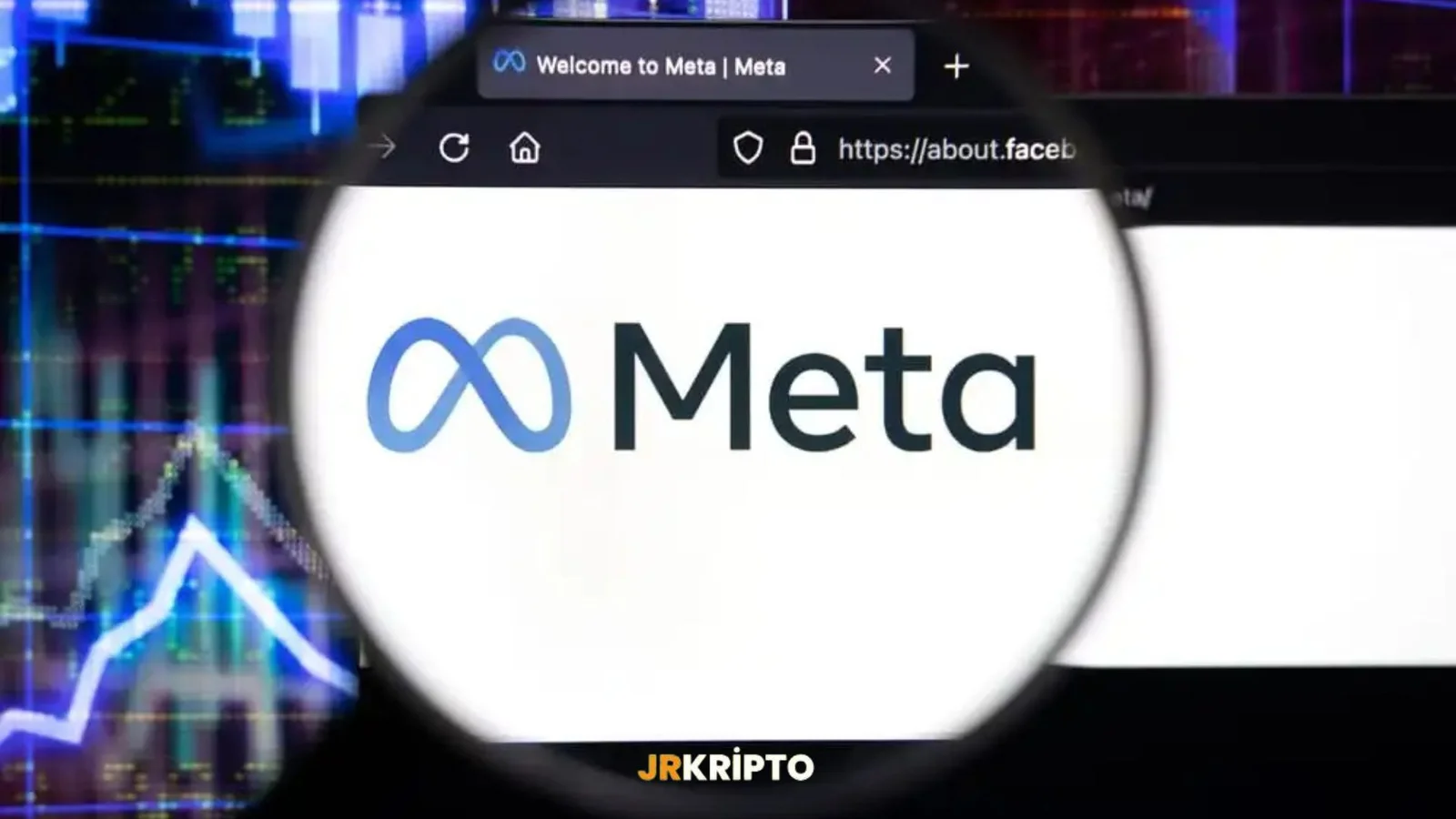
OpenAI Is Reshaping the Microsoft Partnership
As part of this effort, the company has begun negotiations to restructure its long-standing partnership with its biggest supporter, Microsoft. The aim is to make the current structure more flexible and suitable for an initial public offering (IPO) process. This development signals significant changes both in investor relations and in the company's strategic direction.Partnership with Microsoft is Being RedefinedTo date, Microsoft has invested over $13 billion in OpenAI. Holding a 49% stake in the profit-oriented OpenAI LP, the company is considering transferring part of these shares. At the center of the negotiations is the idea that Microsoft would receive a smaller share of profits in exchange for continued access to the artificial intelligence technologies OpenAI develops after 2030.After facing some criticism regarding its current structure, OpenAI shelved its plans to transition to a fully profit-oriented model. Instead, the company wants to restructure its for-profit arm as a “Public Benefit Corporation” (PBC). With this structure, OpenAI aims to offer a model that balances the interests of investors with the public good.New Funding Round and IPO PreparationOpenAI has completed a new $40 billion funding round led by SoftBank. With this round, the company's valuation has exceeded $300 billion. However, the completion of this investment depends entirely on the company's transition to a for-profit structure and the redefinition of its existing partnership structure.The new funding will accelerate OpenAI's goals in developing artificial general intelligence (AGI). Meanwhile, IPO plans are also being shaped in connection with this transformation process. It is stated that OpenAI will prefer a more independent capital structure during its public offering and that Microsoft's influence will be partially reduced.The $500 billion artificial intelligence data center project, which came to the agenda at the beginning of 2024 through the Microsoft-Oracle-SoftBank partnership, is also said to hold an important place in OpenAI's strategic roadmap. This major infrastructure initiative will play a key role in OpenAI's long-term growth plans.Vision for the Future: Developing AGI for the Public GoodStatements from OpenAI’s founders frequently emphasize that artificial general intelligence should not only be a technological goal but also a tool that serves the public good on a global scale. The transition to a PBC structure is seen as an institutional reflection of this vision.Under the new structure, OpenAI will be able to make decisions prioritizing the public good, thus responding more effectively to both investor expectations and ethical responsibilities. This transformation process, which began with Microsoft's support, will enable OpenAI to reach a broader investor base and strengthen its position in the global market.In summary, this restructuring between OpenAI and Microsoft will not only reshape the relationship between two tech giants but also influence the future direction of the artificial intelligence industry.
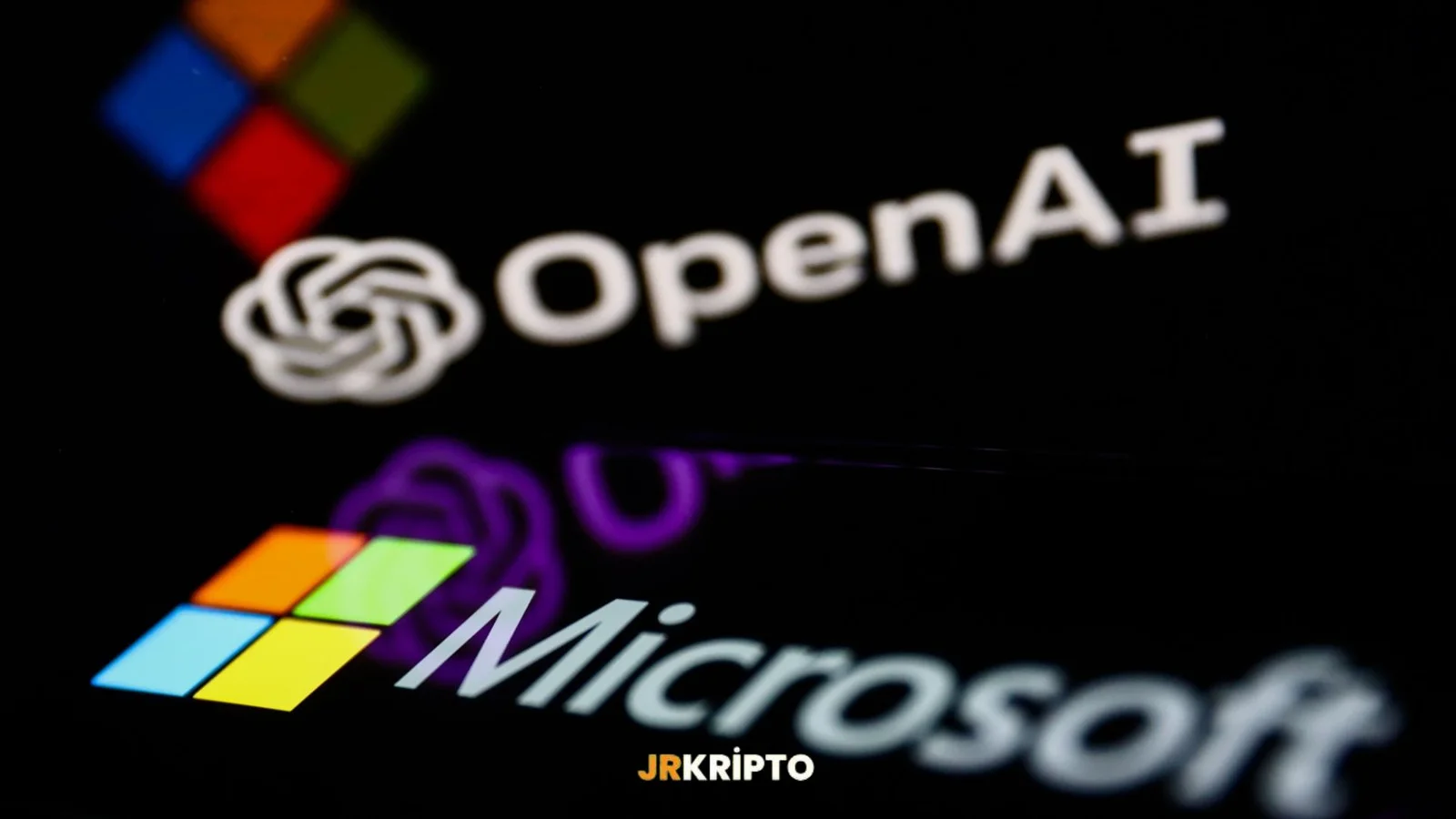
Standard Chartered: BNB 2028 up to $ 2.775 can reach
In a new report published on May 6, 2025, Standard Chartered Bank predicted that Binance's local token, BNB, could rise to $ 2,775 by the end of 2028. This forecast marks an increase of about 360% from the price level in the current $ 600 band.Background of the Forecast: Correlation with Bitcoin and EthereumGeoff Kendrick, Head of Digital Asset Research at Standard Chartered, points out that BNB's performance is moving in parallel to an equally weighted basket of Bitcoin and Ethereum. If this correlation continues, it is stated that the BNB price could reach $ 2,775 by 2028. Kendrick especially emphasizes that Binance's central position in the crypto ecosystem is decisive in this price projection.BNB Chain and Ecosystem ImpactBNB Chain is actively used in areas such as decentralized finance (DeFi), lending protocols and liquid staking. This structure distinguishes it from competitors such as Ethereum and Avalanche. Standard Chartered points out that BNB Chain offers a "traditional" smart contract infrastructure and this infrastructure contributes to the long-term value of BNB.In addition, the report states that BNB has a "rich" market value in proportion to the economic activities on the chain thanks to its deflationary token structure and direct connection with Binance.Standard Chartered's BNB forecast offers market participants both an optimistic view and indicates that the price increase depends on Binance's performance. The report reveals that BNB is not as "independent" as Bitcoin and Ethereum, but it still has significant potential.Over the years, the general direction of the crypto market and Binance's compliance with regulations will play an important role in determining the future of BNB prices.

Kyrgyzstan's New Roadmap: Is the Era of Bitcoin and BNB Coming in Reserves?
A news that has attracted attention in the crypto world has come from Central Asia. The founder of Binance, CZ, namely Changpeng Zhao, joined the country's National Crypto Committee at the invitation of Kyrgyz President Sadyr Japarov and made a very sound proposal: Bitcoin (BTC) and Binance Coin (BNB) should be used for national reserves.This proposal was suddenly asked, “Is Kyrgyzstan stepping into its digital future so fast?” he raised the question.What Does It Mean to Hold Reserves with Crypto?According to CZ, crypto assets such as BTC and BNB can be the reserve assets of not only individual investors, but also states. This would be a big step for developing countries such as Kyrgyzstan. It both creates an alternative in the fight against inflation and becomes a powerful symbol in the transition to a digital finance system.In line with this vision, there is a memorandum of understanding signed on April 3. This document is not just a statement of intent, it has concrete goals ranging from blockchain education to digital pay systems.Binance Pay Comes to Life in KyrgyzstanAccording to the agreement, Binance Pay will be actively used in the country. In other words, people in Kyrgyzstan will be able to do their coffee and grocery shopping with crypto. This is a development that will lead the region, especially in the field of digital pay systems.A system is being considered that everyone can use, from tourists to local residents. When safety and speed are also involved, there is no reason why this system should not hold.Transformation Supported by EducationBut technology alone is not enough. Information is needed for this transformation to stand. This is where Binance Academy comes into play. The goal is not just to use blockchain, but to produce it. Educational programs are planned for everyone from public servants to students. Kyrgyzstan wants to be not only a consumer, but also a developer.Digital Som and Crypto ReservesAnother important development is the "digital som." Kyrgyzstan's official digital currency is now legal. In other words, the CBDC (Central Bank Digital Currency) is now on constitutional ground in this country. Binance is also supporting this project in a technical sense.On top of that, the evaluation of BTC and BNB as a national reserve instrument is also on the agenda. If this comes to life, Kyrgyzstan will be the first country in Central Asia to use crypto at this level.What Does Kyrgyzstan Want to Do?Let's put it simply, he wants to be ready for the finance of the future and to diversify his economy. By collaborating with global figures such as CZ, it makes this not only a technology investment, but also a matter of prestige.When these steps taken by Kyrgyzstan are referred to as ‘digitalization’, it reminds us that not only infrastructure, but also vision and courage are required. Holding Bitcoin in reserves or buying coffee with crypto on the street may seem radical for today. But the world is changing rapidly. And this time the change may be starting from Bishkek.
